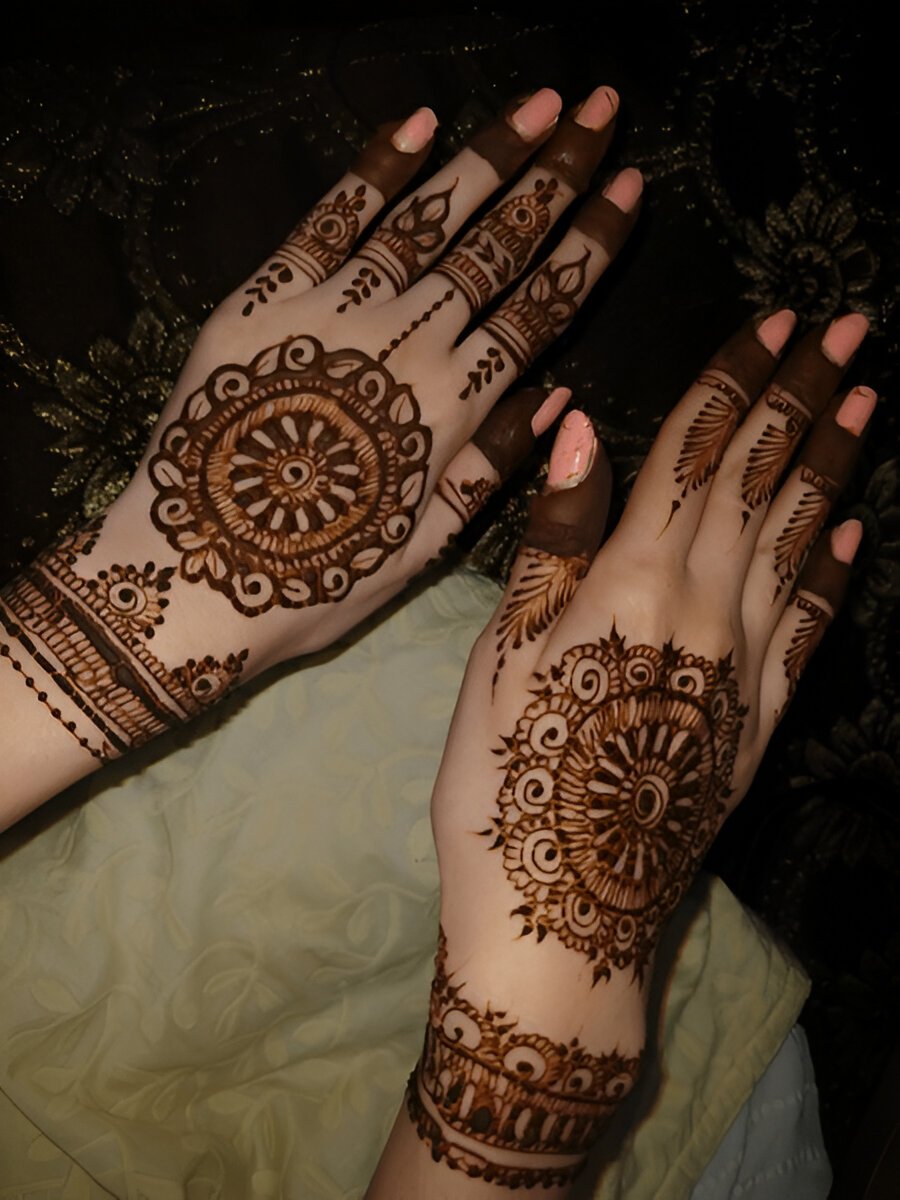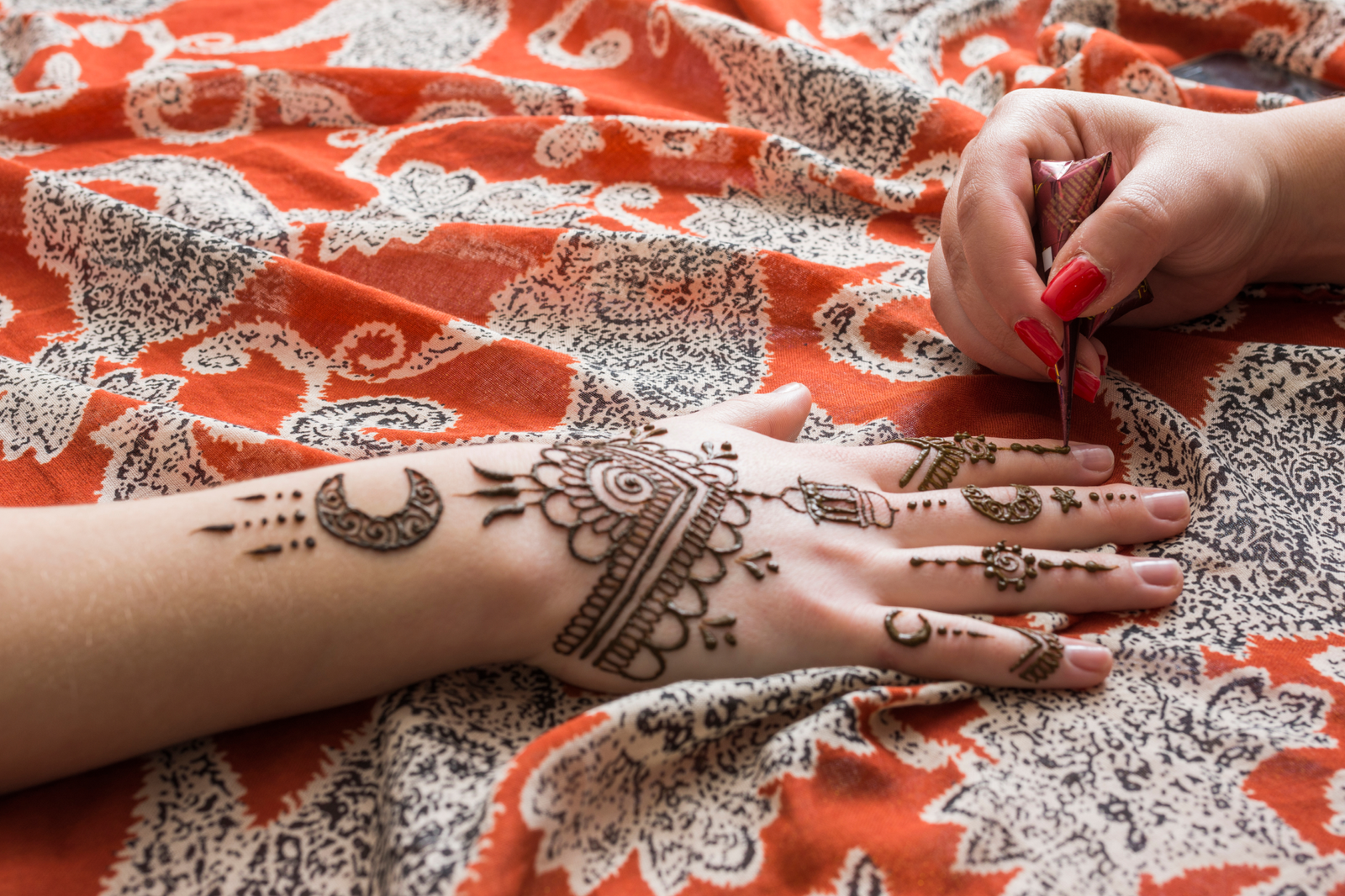Exploring the Art of Henna: History and Modern Trends
1. Introduction
Henna, a time-honoured art form, serves as a bridge between conventional cultural expression and contemporary artistic expression. Since ancient times, this natural dye, which is derived from the Lawsonia inermis plant, has been utilized as a means of self-expression, celebration, and spirituality. It has left a legacy that spans multiple continents, affecting a wide range of cultures and customs while simultaneously adapting to modern trends.
This blog celebrates the enduring allure of henna by delving deeply into its history, artistic progression, and contemporary development. Henna continues to attract people all around the world, whether it is used for cultural ceremonies, weddings, or personal beauty.
2. The Historical Roots of Henna
The use of henna dates back over 5,000 years, with its origins rooted in ancient Egypt, India, and the Middle East. In these early civilizations, henna was applied to hair, nails, and skin for decorative and symbolic purposes.
- Ancient Egypt: Henna was used to adorn the nails and hair of pharaohs, signifying purity and wealth. It also played a vital role in burial rituals, symbolizing spiritual protection.
- Indian Subcontinent: Henna’s deep connection with Indian culture is evident in its role in festivals, weddings, and religious ceremonies. Intricate patterns on brides’ hands and feet symbolize blessings, love, and prosperity.
- Middle Eastern & North African Cultures: Here, henna was used not only as an aesthetic tool but also for its medicinal properties. It was believed to provide protection against the evil eye.
This enduring art form became a symbol of joy and sanctity, reflecting the customs and values of the communities that embraced it.

3. The Artistry of Henna Through Cultures
Henna artistry varies significantly across regions, with unique styles reflecting the cultural narratives of different communities.
- Indian Henna Designs: These are characterized by their intricacy and detail. Floral motifs, paisleys, and mandalas dominate these designs, often covering the entire hand or foot.
- Arabic Henna Designs: Known for their bold and flowing patterns, Arabic designs prioritize elegance with floral and vine motifs. These designs often leave negative spaces for a dramatic effect.
- African Henna Designs: The designs from Africa emphasize geometric patterns and bold, tribal motifs. They are simple yet striking, reflecting the vibrant culture of the region.
Each style highlights the cultural context of henna, showcasing its versatility and artistic depth.
4. Modern Trends in Henna Designs
In the 21st century, henna has undergone a remarkable transformation, with artists and enthusiasts incorporating contemporary elements into this traditional practice.
Minimalist Henna Designs
The demand for simplicity has given rise to minimalist henna patterns. Geometric shapes, dainty vines, and small floral patterns have become popular choices, especially among younger generations.
White Henna
A modern twist on traditional henna, white henna is a non-permanent decorative paste used for weddings and photoshoots. It creates a stark contrast against the skin, adding a chic and ethereal touch to the designs.
Metallic Henna
Glittery, metallic henna has emerged as a glamorous option for festivals and parties. These designs are created using temporary body paints that mimic the look of traditional henna while adding a touch of sparkle.
Henna Tattoos
For those seeking more versatility, henna tattoos offer a temporary yet bold statement. These are popular for festivals, themed parties, and casual body art.
Social Media Influence
Platforms like Instagram and Pinterest have played a significant role in popularizing these trends. Henna artists now share their designs with a global audience, blending traditional styles with innovative ideas and techniques.

5. Conclusion
Henna is a living art form that embodies both tradition and modernity. Its deep cultural roots and ability to adapt to new trends make it a timeless medium of expression.
Whether you’re drawn to the traditional henna patterns of India, the bold elegance of Arabic designs, or the experimental trends of white and metallic henna, this art form offers something for everyone.
By embracing henna, we honor its rich history and contribute to its ever-evolving journey as a symbol of beauty, culture, and creativity. Explore the world of henna and experience the magic it brings to celebrations and everyday life. Visit Kurves Brow Bar to learn more about our henna services and offerings.

